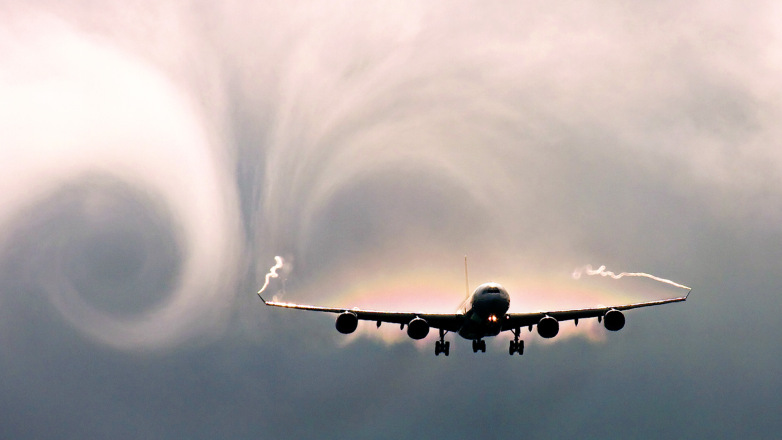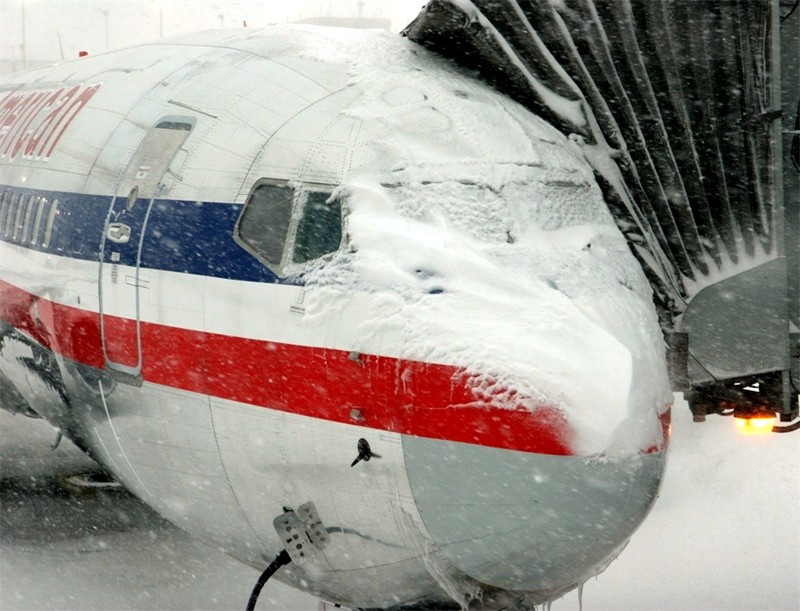Airports Duty-Free Strategy
You’ve heard of Airport Duty Free but don’t understand where it came from or how it works .
Don’t worry, we’re here to tell you just that. As well as other ways businesses can operate airside.
Irish Duty Free Roots
It was the Irish that created duty-free shopping and duty free stores. So Slainte! They started it all back in 1947 at Shannon Airport (SNN), which at the time was one of the biggest transatlantic stopovers for all airlines.
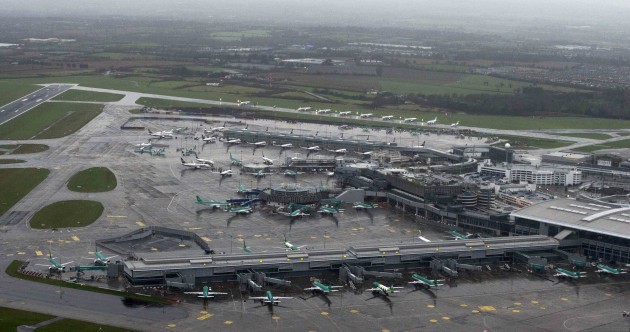
SNN Airport negotiated an Irish tax DUTY (Value added Tax) reduction that knocked 17-23% off the price of goods when you entered the airside area and became the world’s first duty-free shop.
This duty-free concept is still in effect to this day. Outside of the EU, Seoul Incheon Airport is at number one with Dubai international at a close number 2. There’s also Hong Kong and Kuala Lumpur. But the top two close in on $2b USD per year in Duty-Free shop turnover.
Duty-Free Shopping
Here’s the Duty Free Concept – If you buy something that you immediately take abroad, then it makes sense that the taxes intended for items in that country should no longer apply. Most of the world’s tax laws apply a 0% tax on these soon-to-be exported items. And so, in the duty free shop, all these wonderful things are immediately cheaper right before you leave the country.
International Airports
Let’s walk through the heart of soul of every airport – its profit-making center – the shopping mall just past Security. With Duty free shops being the mother and the brand stores its sons and daughters. Each pay dearly to set up right there before the gates.
We will also look at the risky world of setting up a business at the airport yourself. Yes, you can do this. but you will need deep pockets and a flawless spreadsheet. A lot depends on the country you are in and the airport owners, but there are a lot of privately owned businesses at airports. Selling products alongside big brands or chains.
But it’s a hard market to break into, where tenders are fought over tooth and nail.
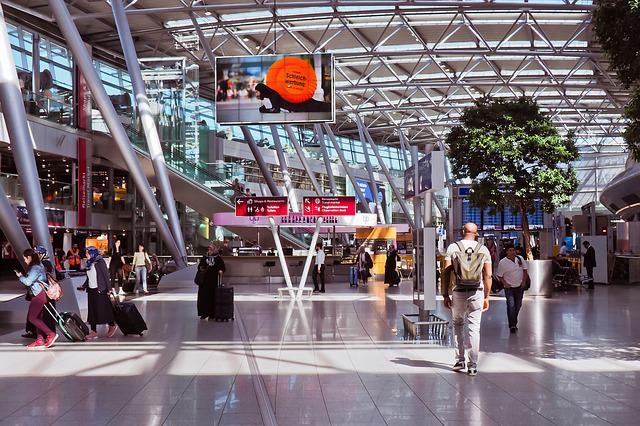
Airport Travelers
Back in 1947, it was a much simpler time for consumers. There was no internet shopping and the only shops you saw were those in your local town or in big cities. And for all you younger, vegan, teetotalling millennials, what Duty-Free meant back then – and for the next 50 years – was mostly alcohol and cigarettes.
Yes, there were other products like perfumes. But the big bucks were in Whiskey, Vodka, and tobacco products like Marlboro lights. It is here where the sales tax savings (as well as bulk buying) brought the duty free difference into sharp focus.
Duty Free Shop
These days we still have duty free goods, but the internet, intense competition, and Airlines getting in on the selling act make it difficult to see the price difference.
What still works however is that the captive audience (the international traveler) who is carefully maneuvered past rows and rows of shiny or tasting-looking things when most of you are in good moods and have lots of time to kill. You may even have had a few beers, and so the purse strings are well and truly loosened.
Customs Duty
Duty free was abolished in the EU in 1999 to protect the open market. But if you are traveling from the EU to a foreign country, say the United States or the UK (since Brexit), duty free prices will apply. This also applies to food and drinks supplied to aircraft if the passengers consume them. Once complementary, the airlines now sell these, but they are sold under the cheaper duty free tax system.
Shop items must be exported intact, that’s why they give them to you in sealed bags or ask you to collect them at the departure gate. This is not to stop you from having a great party at gate 14A, it’s because when you open the items it means the tax would be instantly payable. And you might have a problem with that.
Some countries offer arrivals duty free stores, but the list is small. If you are within the EU and you see those “Tax Free” shops in the arrival’s hall just after baggage claim – they are not real duty free shops and only have a small tax deduction. In other words, it’s just the airport widening its sales net to catch you before you leave.
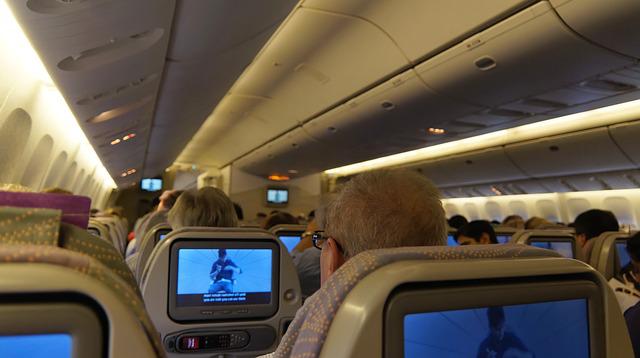
Borders & Taxes
There are some companies that run Restaurants at Multiple airports, such as SSP and HMS Host. These companies succeed thanks to scalability and buying power. Working within the airport environment is capital intensive and in most cases on annual contracts. So, there are risks in airport retail sales and your contract and position is never set in stone.
Then there’s the Fast food or chain restaurants and sports bars. These are common because they have established brands and products and they know how to keep their operating costs low. But most of all, they know how to win these contracts, which are mostly done on an RFP (request for proposal) tender basis
And the big issue here is the Margin (or revenue share). This is the percentage number you offer to the airport as part of your bid. In most cases (not all!) the Airport will tender for several services or bars they feel will form a good mix of offerings for their passengers.
Destination Country
In the duty free shop this is mostly Items that are affordable and can be carried away by shoppers in small bags (and not pose a threat to the aircraft). Non-perishable foods, electronic items, books, souvenirs, and underwear are some examples. When an RFP is issued, the brands will see what locations are on offer and at which terminal. And will investigate what the traveler footfall stats are. They will also want to know what the opening hours will be – or at the very least the peak hours.
So what’s the difference between opening a bar at the Airport and on the Main Street of your local town?
- The Airport is giving you the customers on a plate. And at all hours of the day and night. And for this you must give them a % of your revenue. How much is up to you. Too low – you won’t win the bid. Too high – you won’t make any profit.
- They own the airport. They provide duty-free facilities; the utilities and they supply you regardless of whether you want them to or not. So, you are stuck with them as a servicer. And you pay their applicable tariff rates
- The Airport can change the your flights from Hawaiian Airlines to Iran Air, you might struggle to meet targets.
- The property is theirs. Yes you can disassemble the bar and take away the stools, but pretty much the entire physical bar you build will be bespoke and you won’t be able to repurpose anything.
- Staff are unionized (mostly). Most airports operate with service staff unions. So, when you are calculating your hourly staff costs, make sure you are using UNION numbers and not the numbers you think you can get.
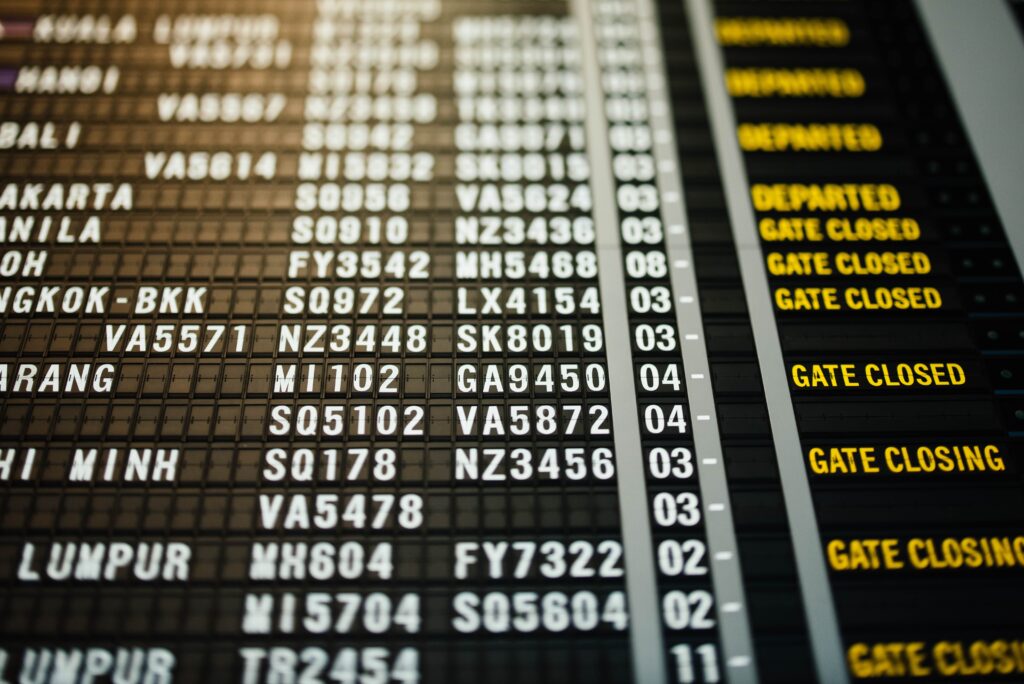
How to make money at the Airport
You can. And many have done it. I know a guy that operates meet-and-greets at the Airport and he makes a fortune. There’s another company that offers PRM (passengers with reduced mobility) so wheelchairs to immobile passengers.
The airports gladly sub-contract these services because they are staff intensive, and the airport doesn’t want lots of payroll staff. Same goes for lost and found. There are a few companies that operate L&F booths at lots of airports which are very profitable – but it’s a lot of work and low margin. There are also opportunities in the data space and this data is offered freely by airports, airlines and even IATA. Most companies like to share their data if you can figure out an effective way for them to benefit from it.
For example. a few years back, Ryanair had a whole webpage dedicated to this. They gave a brief description of their overall web traffic and offered JV (joint venture) sharing to companies that could figure out new ways to create revenue streams. Airports are no different. If you have a piece of software or have an idea of how you can create value from data, they will listen and, in most cases, already have these portals on their websites.
They are normally there under the “business 2 business” or tender sections.
If you have a great idea – reach out and speak to them. Just don’t tell them how you do it until they are under an NDA, or better still a contract.

